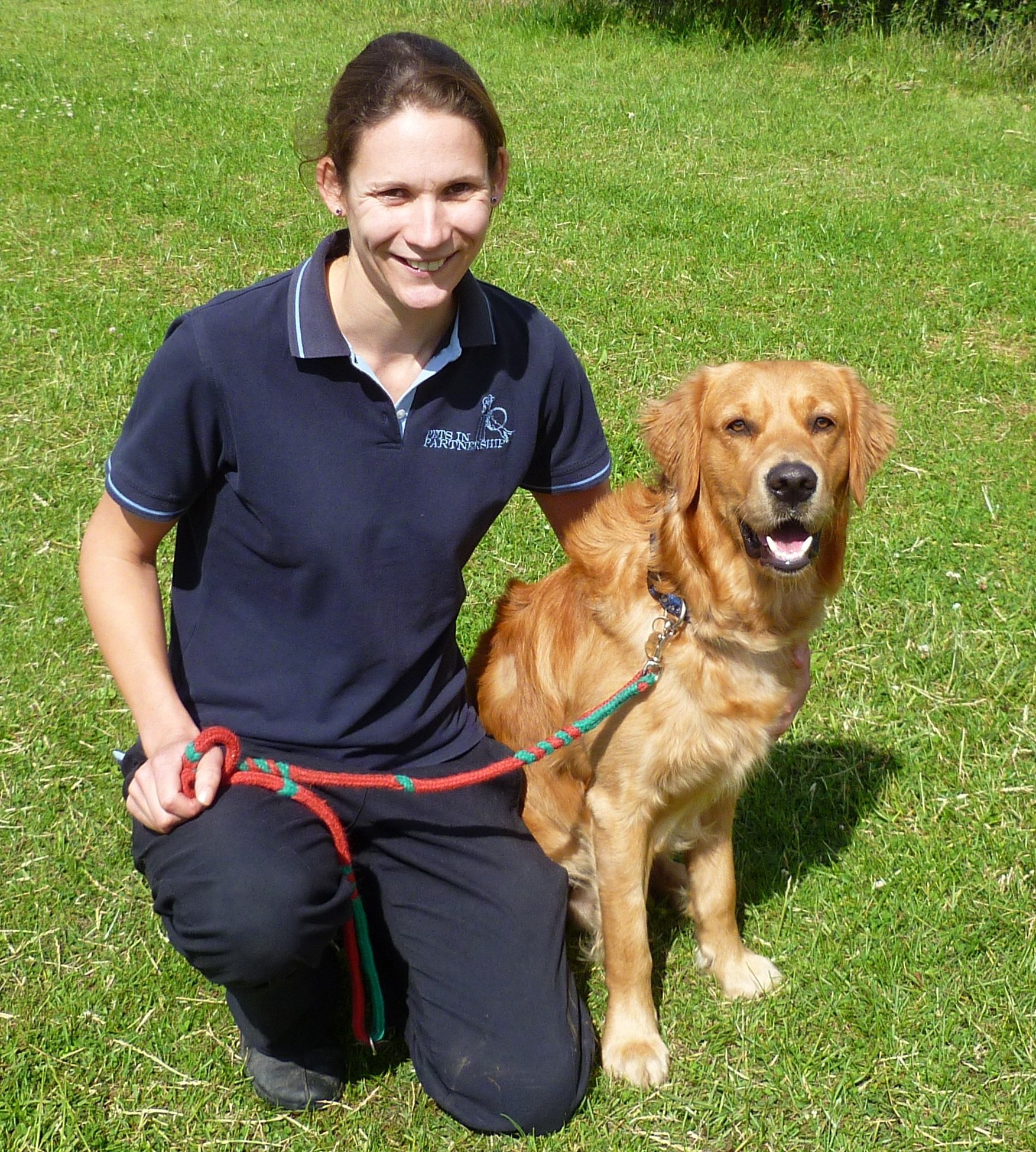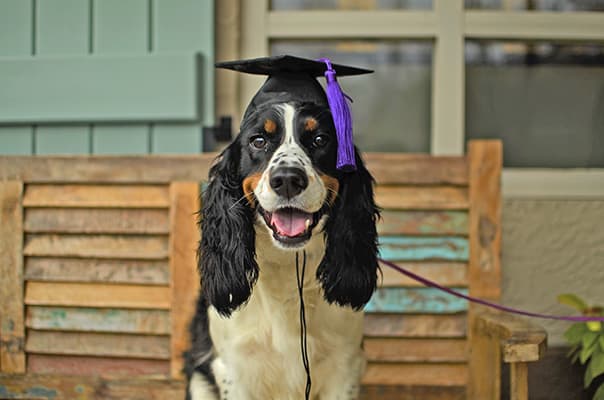Novice's Guide to Successful Pet Dog Training at Home
Efficiently educating a canine at home requires a nuanced understanding of canine actions and reliable interaction strategies. Establishing clear training objectives, using top notch rewards, and maintaining uniformity throughout household participants are important aspects. Incorporating training right into day-to-day routines can improve both engagement and retention.
Understanding Canine Habits
Comprehending dog habits is crucial for reliable training and fostering an unified partnership between humans and their canine companions. Dogs connect mostly with body language, vocalizations, and faces, making it important for proprietors to interpret these signals accurately. Acknowledging behaviors such as tail wagging, roaring, or shrinking can provide insights right into a canine's emotion and intentions.

Common behavioral issues, such as hostility, anxiousness, or excessive barking, usually come from misconceptions or unmet needs. Observing and addressing these problems promptly can prevent escalation and ensure a favorable training experience. By fostering a deep understanding of pet actions, owners can customize their training approaches to match their canine friends, ultimately bring about a mannerly and happy pet dog.
Important Training Devices
A well-appointed training area can significantly improve the effectiveness of dog training in your home. Crucial training tools make certain that both the instructor and the canine can participate in efficient sessions that foster knowing and bonding.

Purchasing a strong leash and a comfy, well-fitting collar or harness is vital for safety and control. These devices help develop boundaries and make certain the pet dog remains secure during training. Additionally, a marked training area, devoid of diversions, help focus for both the canine and the fitness instructor.
Educating aids such as training pads, cones, or agility equipment can also enhance the experience by presenting range and obstacles. Lastly, having a notebook or digital app for tracking development can be very useful, allowing you to keep in mind successes and locations for enhancement. Using these vital tools will create a favorable training environment and lay the foundation for efficient discovering.
Developing a Training Routine
Developing a regular training routine is essential for reliable pet training in the house. A well-structured regular not just helps in strengthening desired habits but also provides your dog with a sense of safety and predictability. To create a reliable training regular, begin by identifying certain training objectives, such as fundamental commands, chain strolling, or house-breaking.
Pick an assigned time daily for training sessions, ideally when your dog is sharp and receptive. Procedure must be brief, roughly 5 to 15 minutes, to maintain emphasis and protect against fatigue. Consistency in timing and atmosphere will certainly enhance your pet dog's knowing experience.
Integrate training right into day-to-day tasks to reinforce skills. Practice commands during walks or mealtime, which incorporates finding out right into natural routines. In addition, stay flexible and change the routine as necessary, fitting your canine's energy levels and mood.
Favorable Support Strategies
Positive reinforcement techniques are basic to effective pet training, promoting preferred actions with incentives as opposed to penalty. This approach utilizes positive stimulations, such as deals with, appreciation, or play, to urge pet dogs to duplicate certain actions. The keystone of this approach is timing; benefits should be provided promptly adhering to the desired actions to create a clear association.
When implementing favorable support, it is vital to choose rewards that are encouraging for your pet dog. High-value deals with, such as small pieces of poultry or cheese, can be particularly reliable throughout training sessions. In addition, varying the benefits can maintain your pet's interest and enthusiasm.
Begin with basic commands, like "rest" or "remain," and progressively development to more intricate tasks. Uniformity is essential; make sure that all relative make use of the exact same commands and benefit systems to avoid confusion.
Additionally, it is vital to stay person and prevent irritation. Pets, like humans, find out at their own pace. By fostering a helpful training environment through favorable support, you can boost your pet's understanding experience while enhancing the bond in between you and your furry buddy, preparing for successful training end results.
Typical Training Difficulties
While training a canine at home can be a satisfying experience, it often includes a collection of common difficulties that can examine both patience and consistency. One prevalent problem is diversion. Dogs might become conveniently averted by sounds, activities, or even scents in their environment, making it hard to keep their emphasis during training sessions.
An additional challenge is variance in commands and reinforcement. If member of the family make use of different cues or rewards, it can prevent and perplex the pet dog development. view Developing a unified method is necessary for effective interaction.
Additionally, dogs can experience irritation or stress and anxiety, particularly if they do not understand what news is anticipated of them. This can cause unwanted actions, such as chewing or barking.
Finally, the timing of support is vital (Dog training). Postponed rewards can diminish the effectiveness of favorable reinforcement, as pets might fail to connect the actions with the benefit
Getting over these obstacles calls for dedication, clear communication, and a structured training strategy. Identifying and addressing these usual challenges will certainly lead the way for an extra successful and enjoyable training experience in the house.
Final Thought
In conclusion, effective pet training in the house requires a thorough understanding of canine habits and efficient interaction techniques. By establishing clear training goals and using top quality treats along with positive reinforcement, the training procedure becomes extra satisfying for both the trainer and the pet. Persistence, consistency, and versatility are necessary elements that help with understanding. Ultimately, integrating training right into everyday regimens boosts the bond in between pet and owner, making the experience both enjoyable and efficient.
Developing a regular training routine is essential for efficient dog training at home.Favorable support strategies are essential to efficient canine training, advertising wanted actions with incentives instead than punishment (Dog training). By promoting an encouraging training environment with positive support, you can boost your pet dog's understanding experience while reinforcing the bond in between you and your hairy friend, laying the groundwork for successful training outcomes
In conclusion, effective canine training at home demands an extensive understanding of canine behavior my review here and effective communication approaches. By establishing clear training goals and making use of top notch deals with alongside favorable reinforcement, the training process comes to be a lot more satisfying for both the instructor and the pet.